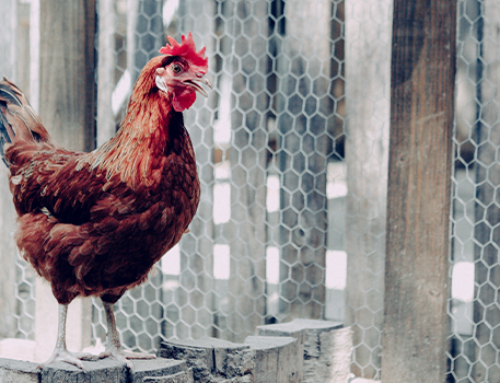Does it ever seem like easements fall into that “gray area” or who owns what, who is responsible for what, and who has to follow which rules? If so, this post is for you. We hope the following will help make the topic of easements more clearly defined as black and white.
Easements Defined
An easement is essentially the legal right of a second party to cross or make limited use of another person’s property. It does not grant that person possession of someone else’s land, but it does allow them to use it. For example, a utility company may retain the right to enter a yard in order to gain access to pipes or underground lines, or an HOA may state that community members may be permitted to use a pathway cutting through a private yard or demand that a parcel of land be kept clear for drainage. The legal landowner can prevent anyone except the easement holder from using the land. Easement rights extend to common areas within a community, including pools, parks, tennis courts, or a clubhouse. They can also extend to exclusive elements such as yards or patios (specifically in condominium or townhome developments). A formal agreement regarding any easement will be written into the legal contract at the time of purchase.
Who is Responsible?
The biggest issues that people have with easements are generally regarding maintenance and repairs. Declaration of Covenants, Conditions, Restrictions and Easements, or CC&Rs will describe the type and location of common elements and easements, and they will also be detailed on the development’s plat. Governing documents determine who must maintain any easements.
It is most commonly the homeowner’s responsibility to maintain all of their property, including any easements that might be located on their property. The homeowner will likely have certain restrictions on their land. Sale documents and/or governing documents will note whether or not a homeowner is allowed to do anything with the area of the easement, but they likely state that there must be no interference with the area. Generally, a homeowner cannot plant or build anything on, or erect any fencing along, an easement. If a homeowner chooses to plant or install something in violation of that document, they will be held responsible for any damage to infrastructure or impediment of water flow.
When it Doubt, Check the CC&Rs
CC&Rs will dictate who is liable for damage. Generally, any landscaping can be moved or damaged in order to make repairs without the HOA liability. Homeowners will probably be responsible for repair and replacement of any damaged landscaping. Bigger items, for example sidewalks and driveways, often have some provision in the documents stating that whoever disturbs the area will be liable for repairs. For example if a utility company has to dig up a homeowner’s driveway to access pipes underneath, they will be responsible for replacement or repairs.
Buyers need to be sure to thoroughly check the title for easements and be cautious if one shows up on the title so that they can be educated before committing. HOA board members must be sure to know what the CC&Rs say regarding all easements within the community so that all maintenance responsibilities will be fulfilled and also so that the HOA won’t spend time or resources on things that they aren’t responsible for.








I was working in a HOA community and the house 2doors down had 3 new unopened ac unitson the curb. When I started to look at them. Not even take them yet. First the neighbor came out cursing me. Then the owner of said property came out and said you can’t take that. I’ll call the police.v
Is this the law?